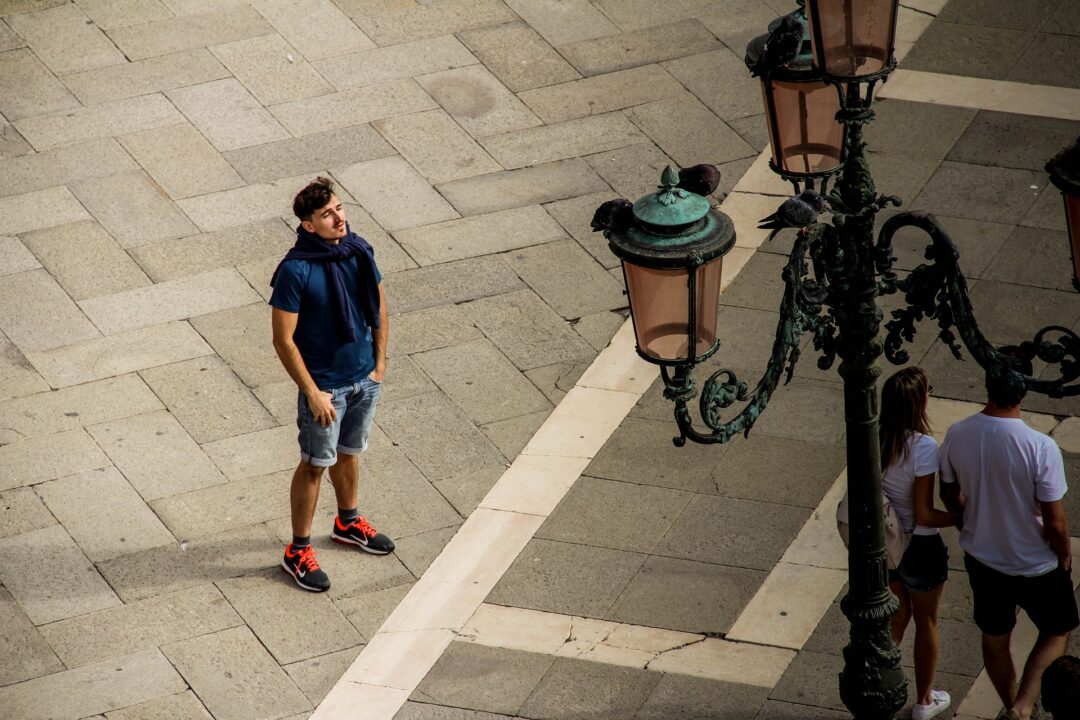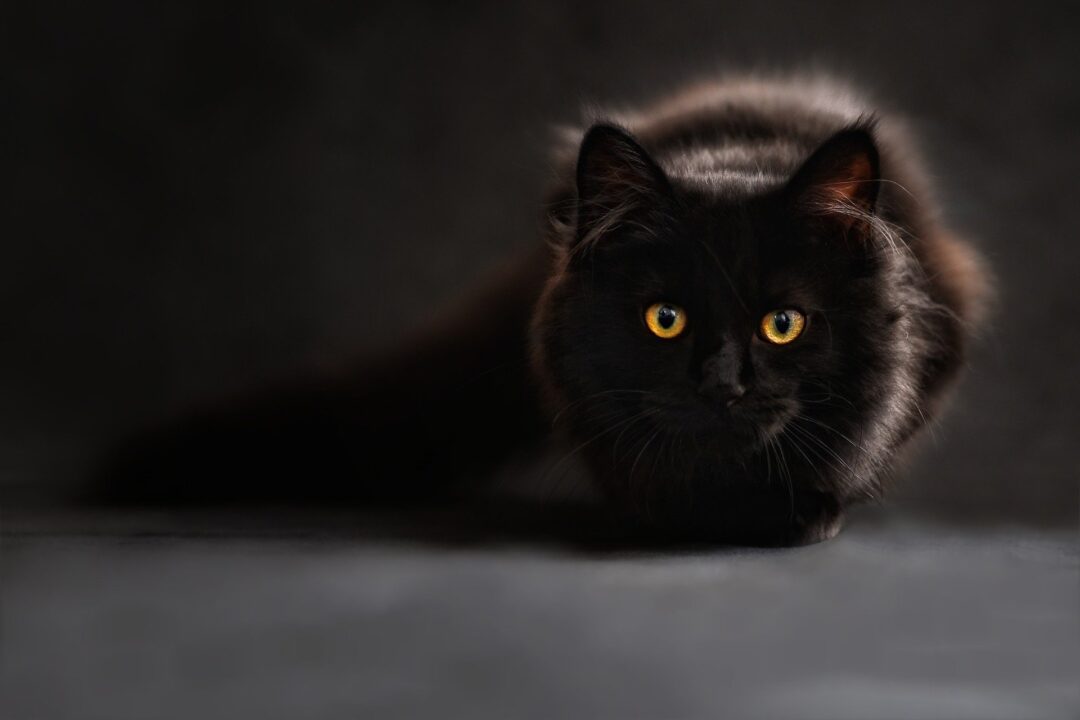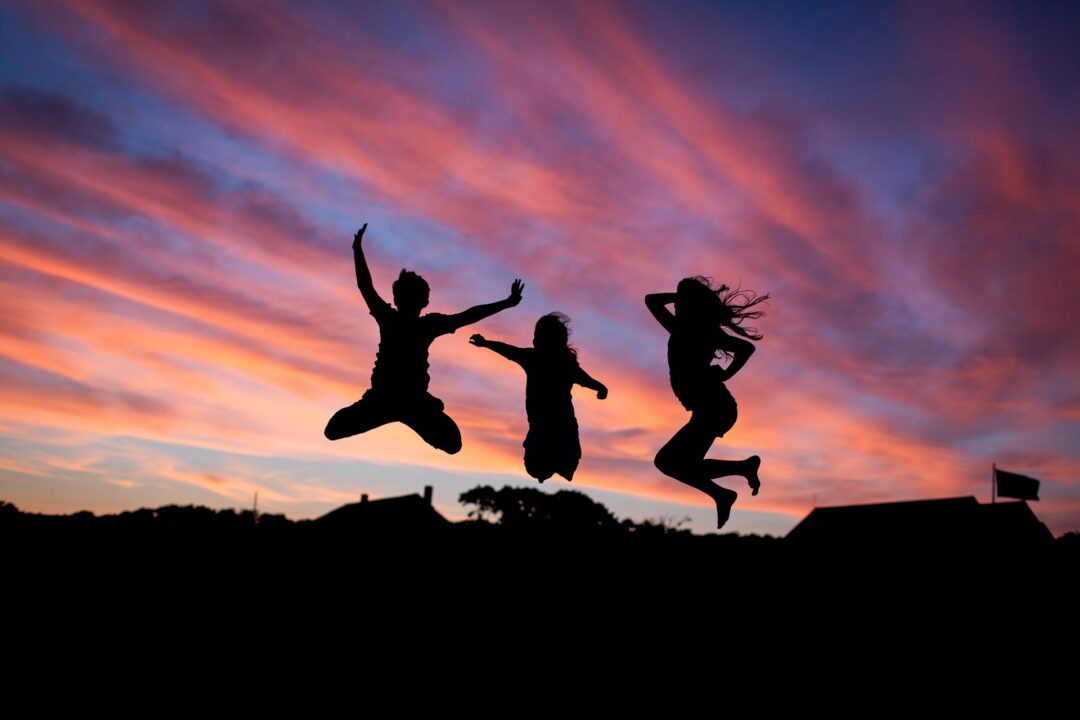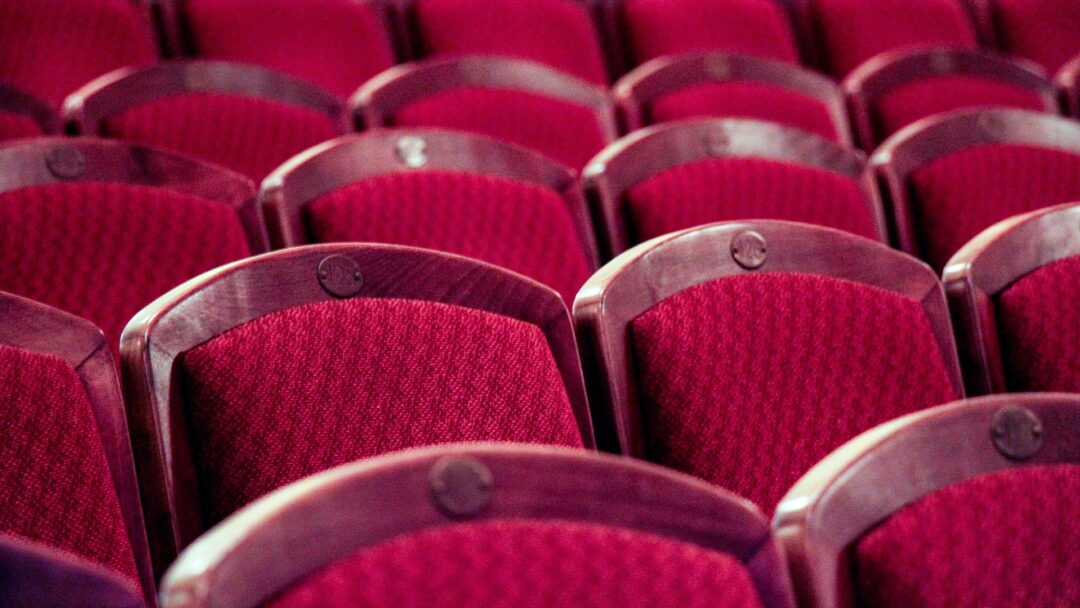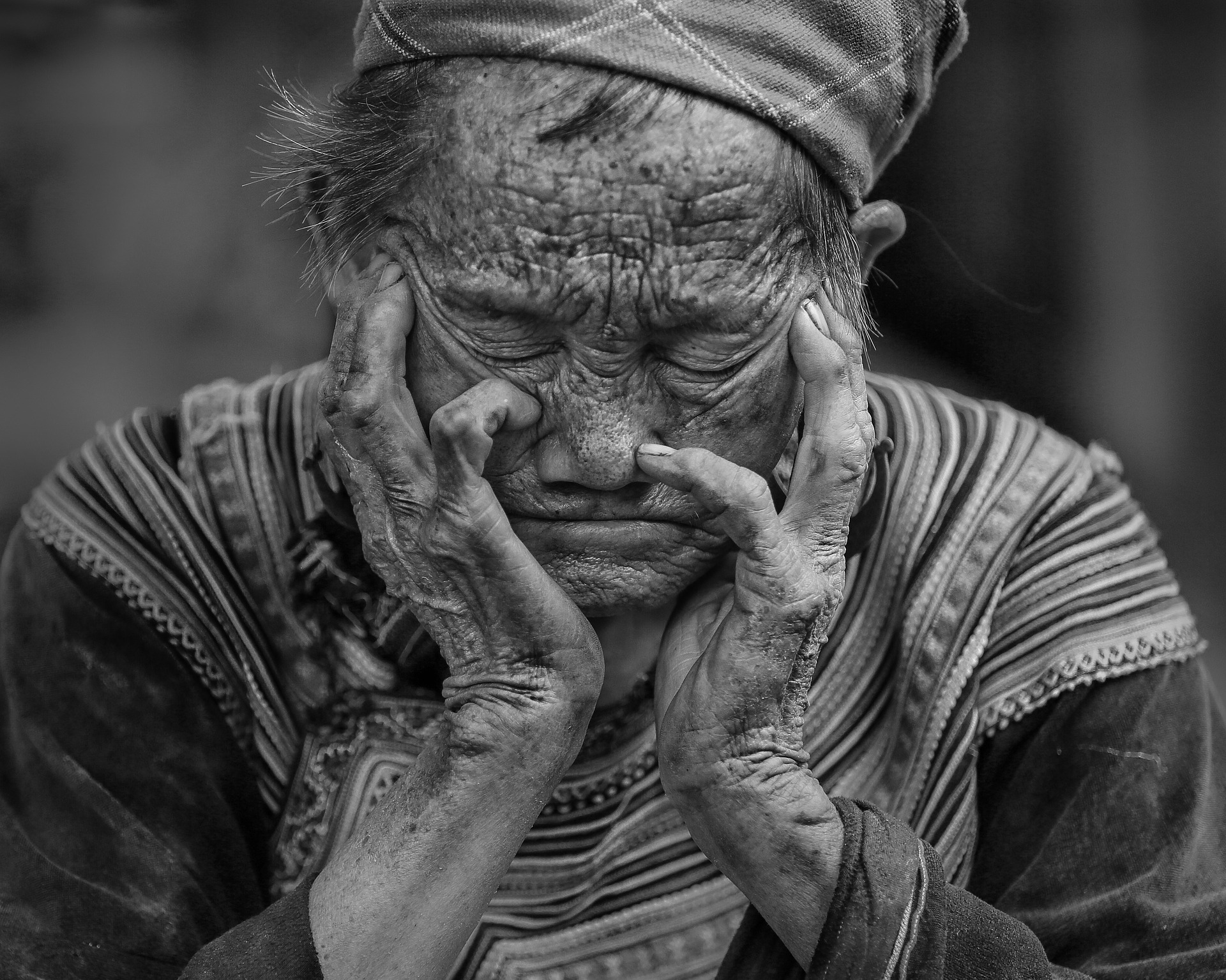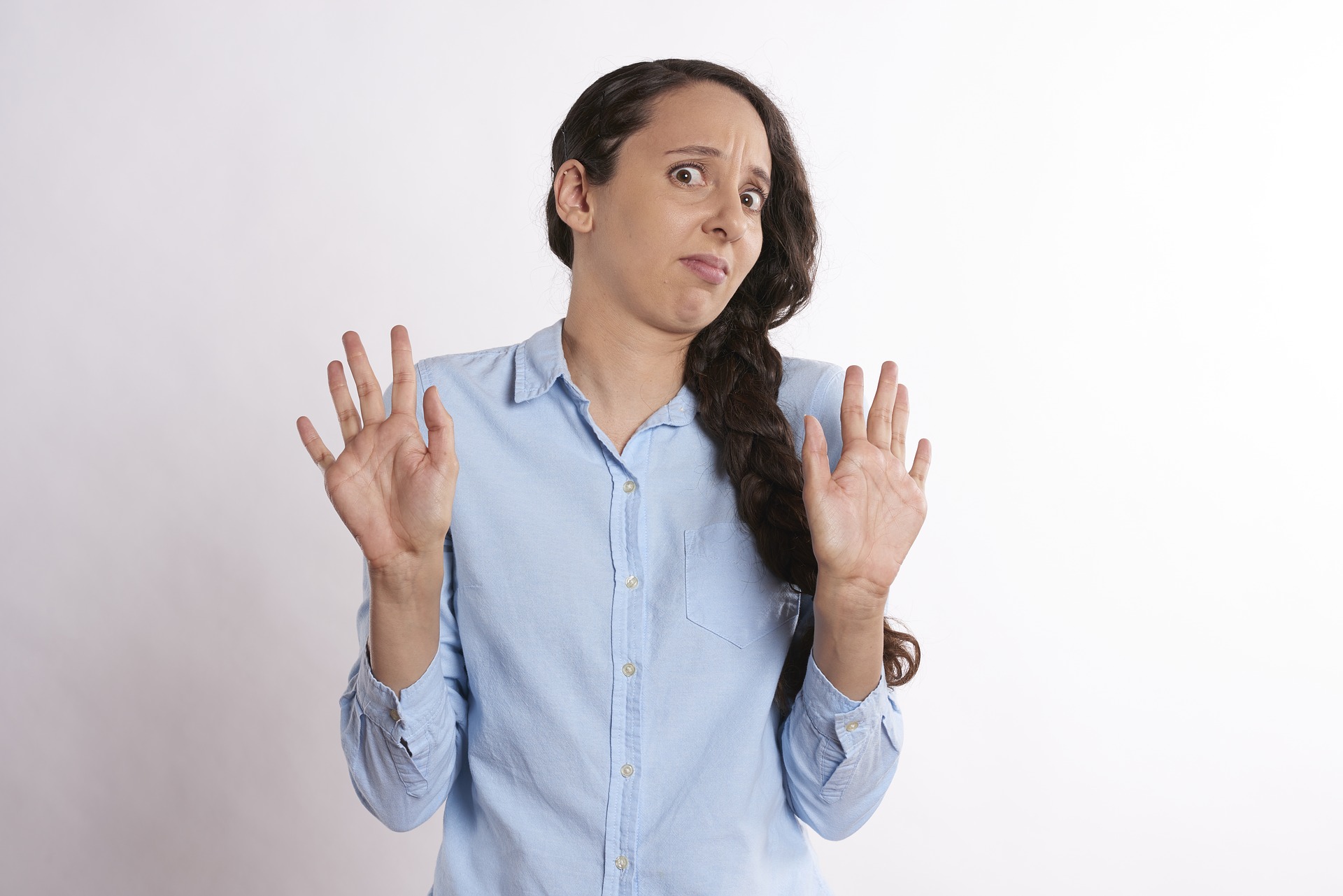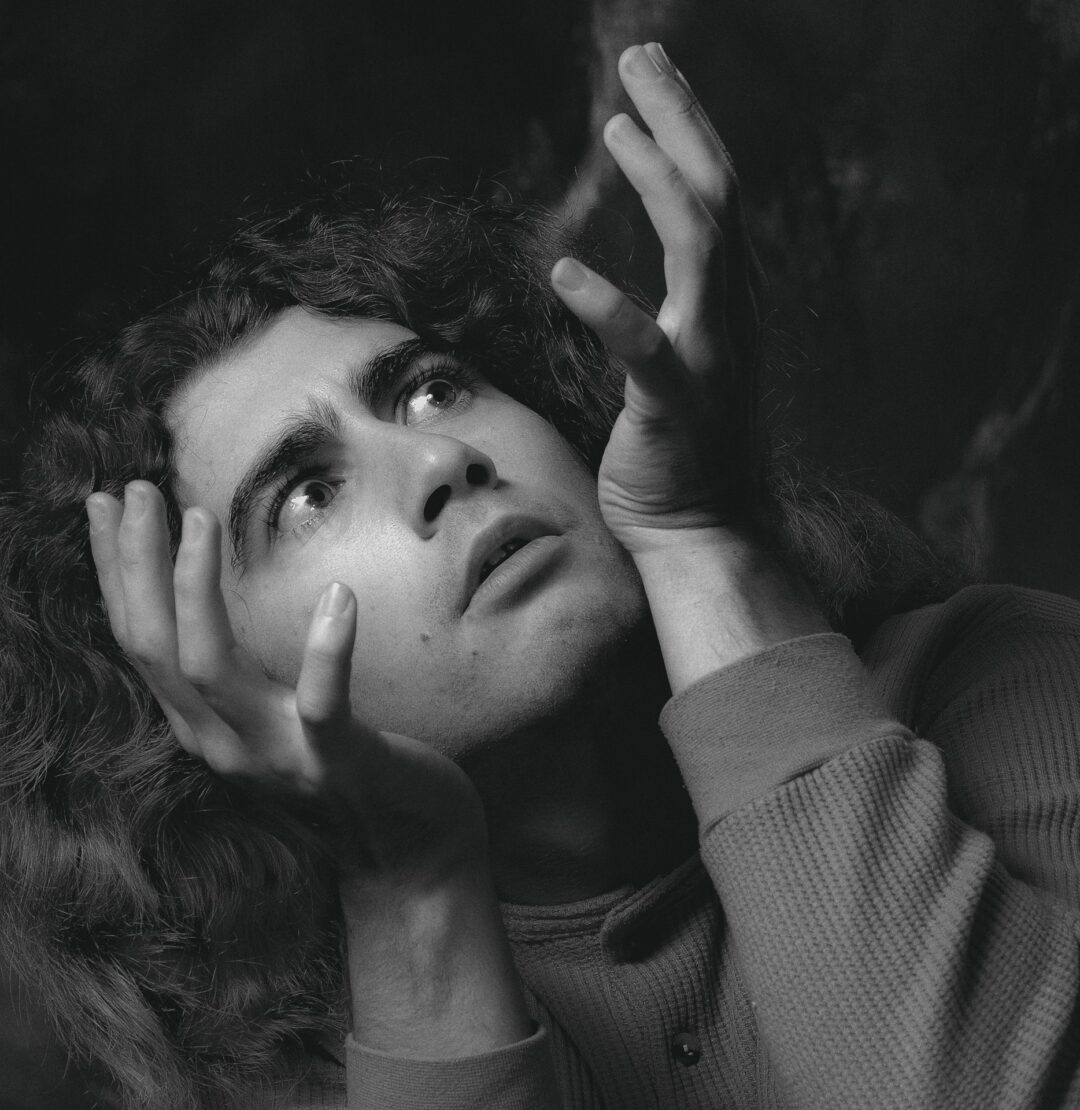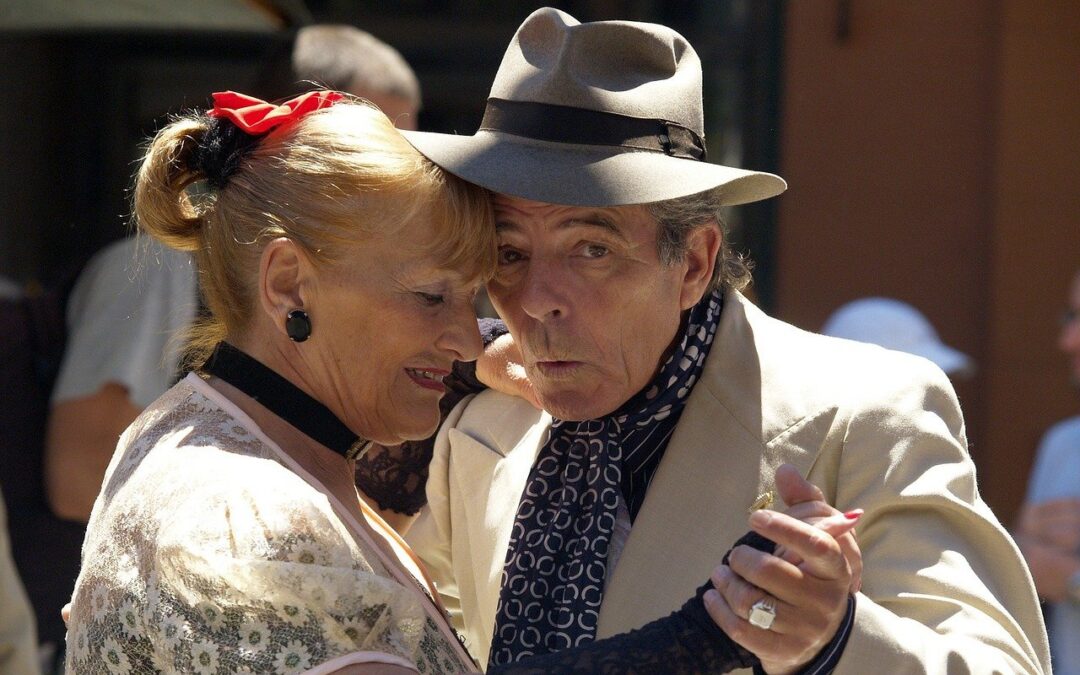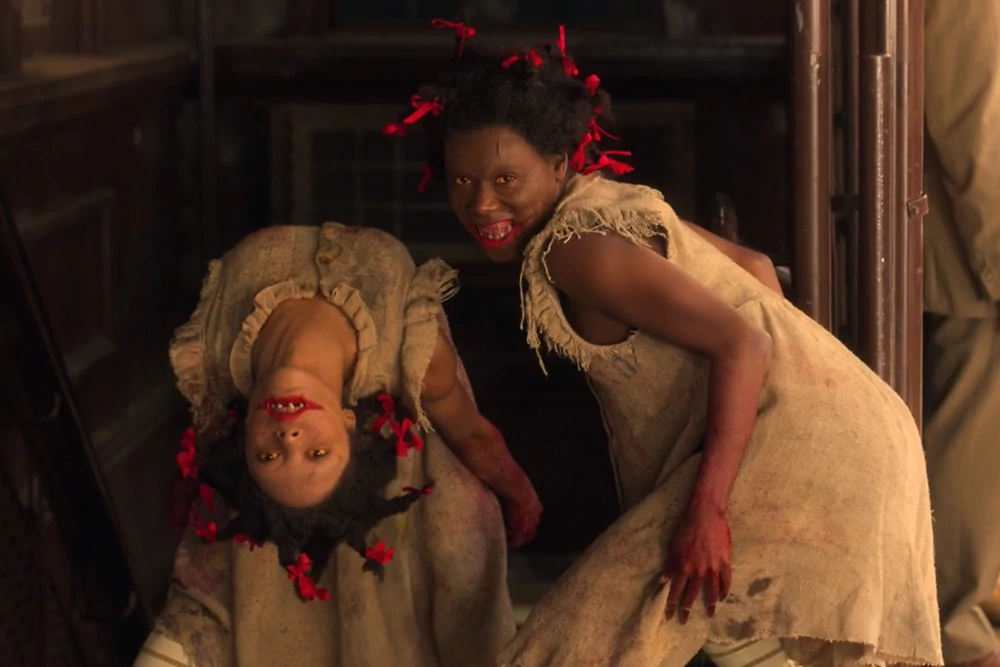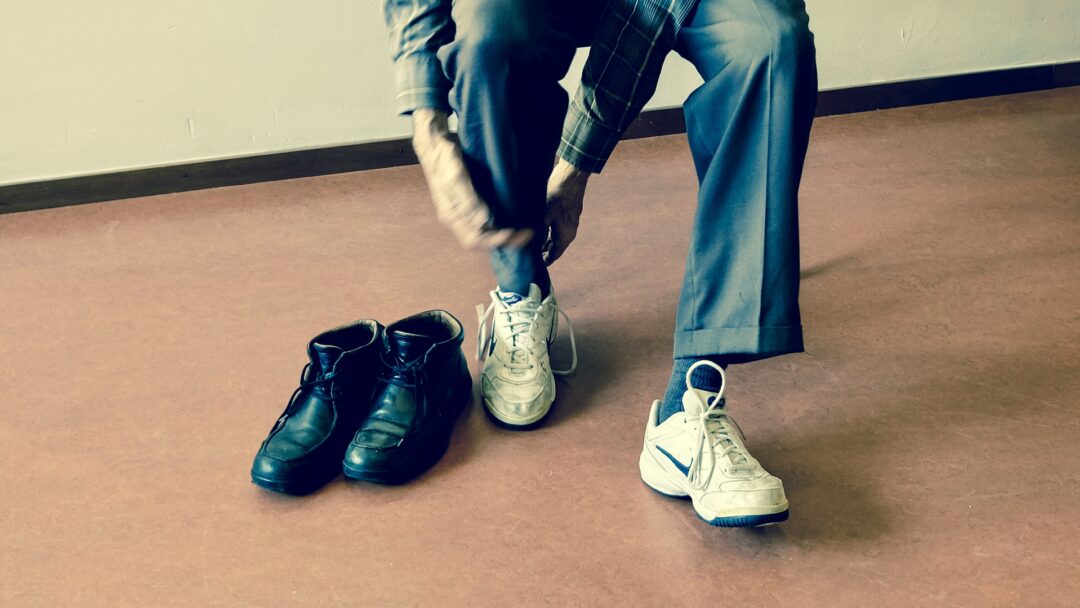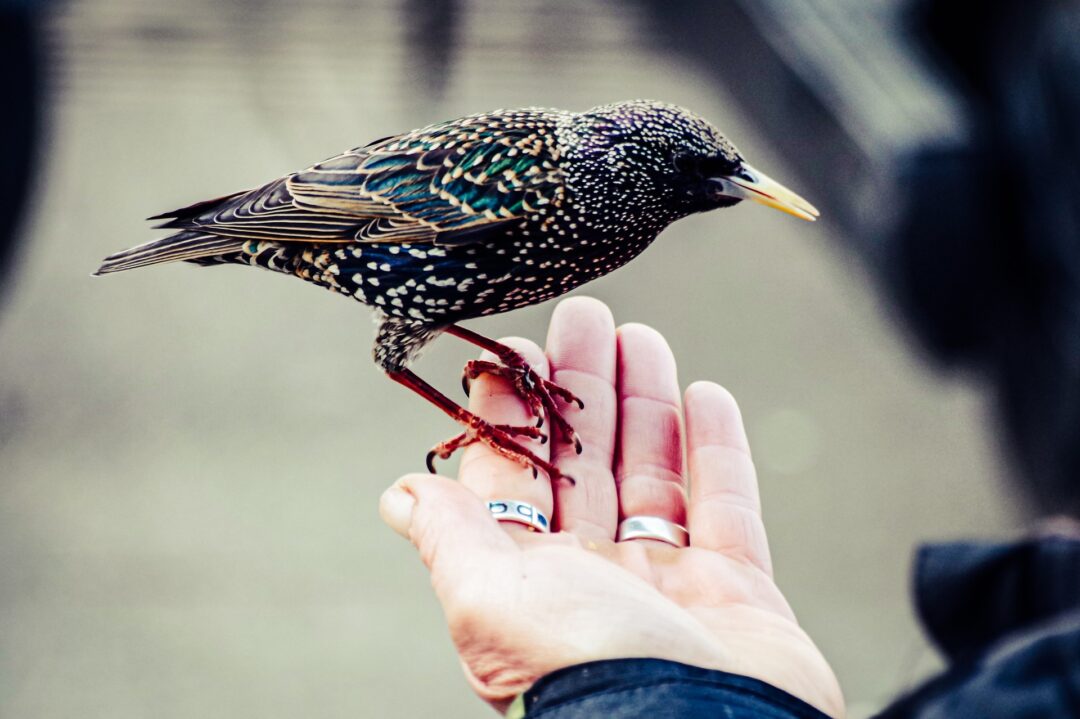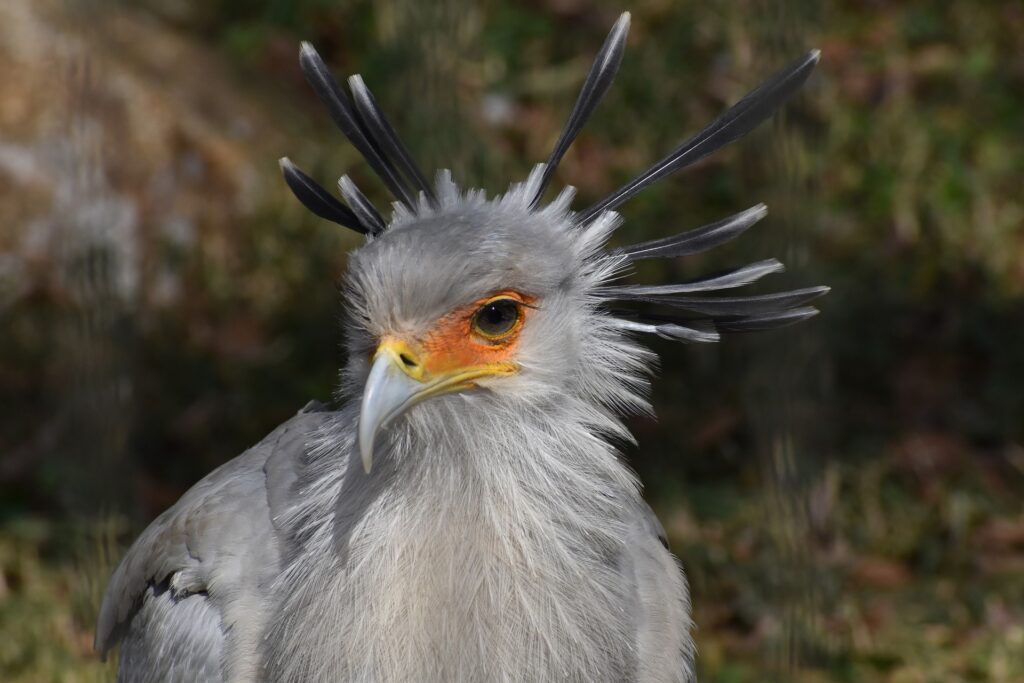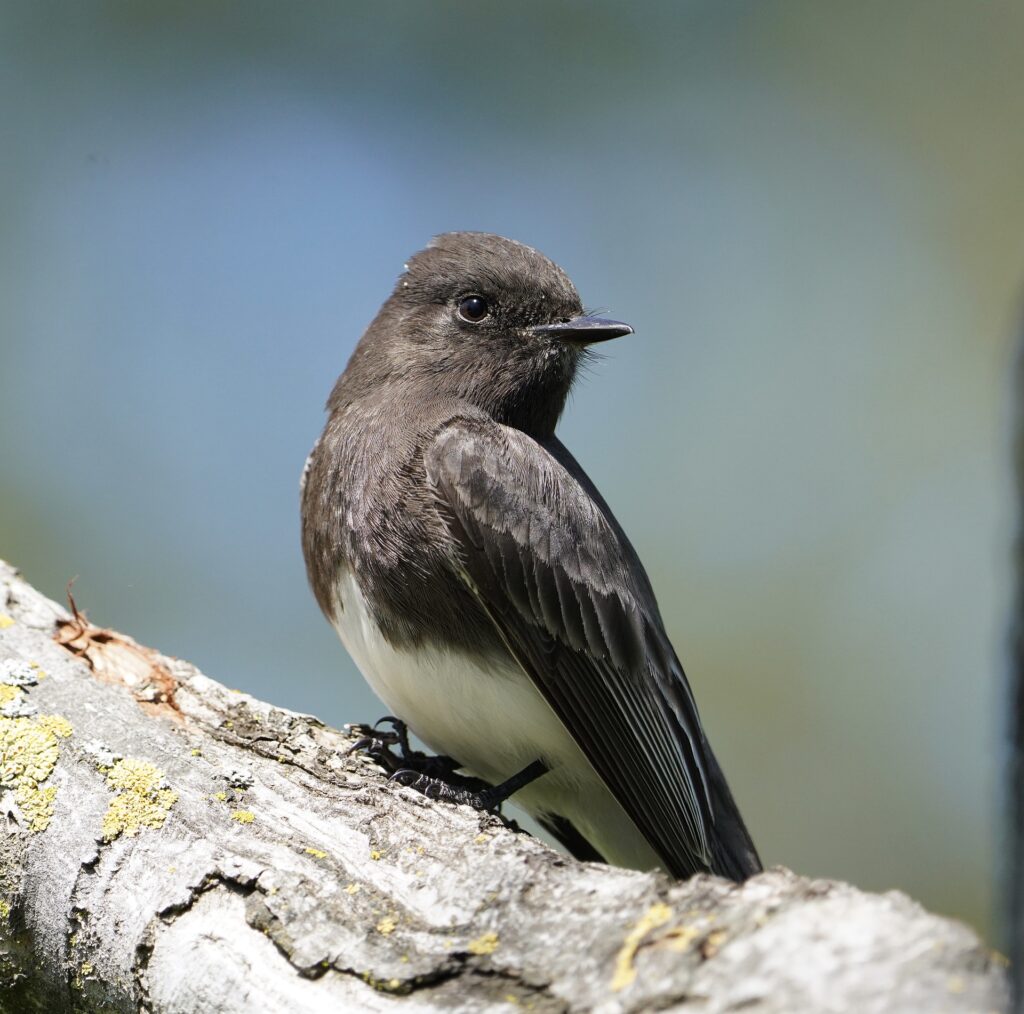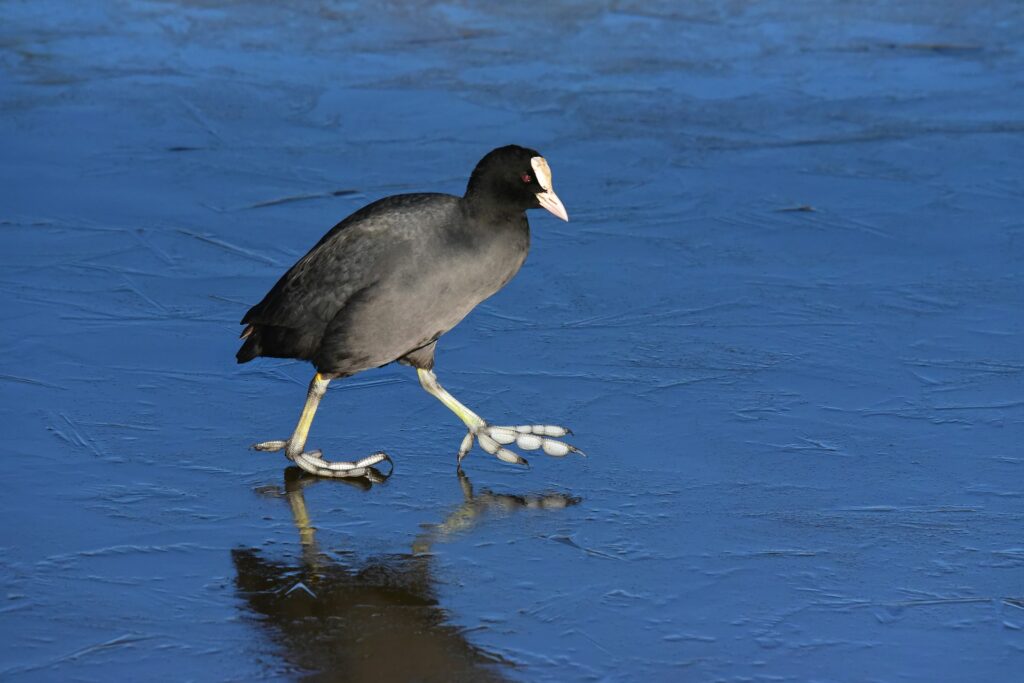How does your character breathe?
How we breathe can say a lot about us.
If we’re in distress, we tend to breathe faster or harder.
If we’re relaxed, our breathing slows and softens.
Breathwork has become quite the buzzword recently, and rightly so.
Learning how to tune into our breath can help bring about a lot of self-awareness, which is crucial for any actor at any stage of their craft.
Going further than that, incorporating breathing exercises can also benefit our bodies and minds in so many ways.
As actors, part of our job is to encompass aspects of our world.
Or, to put it another way: to be an actor is to be a student of the human condition and share it through storytelling.
There’s a great deal to be said about the importance of breathwork for the actor.
Projecting to the back row of a 500 seat theatre every night without damaging your voice takes skill.
Harnessing your breath and voice is a significant pillar in an actor’s toolbox.
But what if you were to take it a step further and think about how any given character might breathe in comparison to you?
Add it to your character’s baseline movement signature or psychological makeup?
This post will take you through some things to ponder and some examples of different ways you or your character might breathe.
Breathing normally
Firstly, as with constructing any character physically, you start with yourself.
This is why it’s so important to understand how your body works, to have body awareness, and to know your tendencies and habits to either amplify or minimize them for a character or performance.
So, what is normal breathing for you?
Perhaps you breathe quickly or slowly through your nose or mouth, into your chest, or diaphragm.
Or somewhere in-between all or one of these extremes of the spectrum.
So, take a moment and sit.
Closing your eyes can help, and focus on your breathing.
Where do you breathe from?
There’s no right or wrong answers here. Simply facts. A fact about yourself that is really good to know.
Do you breathe from your diaphragm?
Your chest?
A combo between the two?
If you’re a notetaker, like me, it might be helpful to jot this down.
It will help you compare to the other types of breathing I’ll mention below.
(A QUICK AND IMPORTANT NOTE: BE AWARE OF YOUR BODY AND BREATH AS YOU GO THROUGH THESE SHORT EXERCISES. NEVER PUSH YOUR BODY TO DO ANYTHING IT’S NOT WANTING TO DO. YOU KNOW YOUR BODY BEST. PLEASE STOP ANY BREATHING PATTERN THAT CAUSES YOU TO FEEL LIGHT-HEADED OR ANY OTHER SYMPTOMS.)
Breathing from your chest
If you don’t naturally breathe from your chest, go ahead a give it a try.
Breathe in your normal rhythm, in and out through your nose or mouth, whichever is normal for you.
The only variable I want you to focus on changing is concentrate on breathing into your chest.
How does this feel vs. your norm?
Breathing from your diaphragm
Now, let’s switch it up and have you focus on breathing from your diaphragm.
It can be helpful to place a hand on your belly, just above your belly button, and focus on inflating it like a balloon.
Again, breathe in your normal rhythm through your nose or mouth, whichever is normal for you.
The only variable I want you to focus on changing is concentrate on breathing into your diaphragm.
How does this feel vs. your norm?
Breathing shallow
Next, let’s look at breathing shallowly.
Just take a few breaths in and out, making your inhale short and exhale quickly.
Try it a few times by breathing in and out through your mouth.
Note how this feels.
Try it again, this time by breathing in and out through your nose.
Does this feel different?
How does breathing in this way make you feel physically?
Did either shift your emotional state?
Perhaps you felt more anxious or rushed?
Breathing deep
Now, let’s try deep breaths.
Long inhale, long exhale.
As long as you’re comfortable with it.
Again, try a few rounds breathing through your mouth, then try another set through your nose.
How do these make you feel physically?
Did it shift your emotional state?
Did you feel more relaxed?
Holding breath
One other piece I wanted to share is the awareness of holding our breath.
If done intentionally and safely, it can have benefits.
However, unconsciously, it can lead to problems long term.
The writer and consultant Linda Stone writes, “I’ve just opened my email and there’s nothing out of the ordinary there. It’s the usual daily flood of schedule, project, travel, information, and junk mail. Then I notice… I’m holding my breath.”
It’s called Email apnea, which Linda coined as “a temporary absence or suspension of breathing or shallow breathing while doing email” (Linda Stone, February 2008), and it’s relatively common now in our modern world.
I felt this important to share for character work or even just your daily life.
As I’ve found myself, unconsciously, during intense scene work specifically, to be holding my breath.
Not exactly great for projection, and not feeling light-headed under lights, etc.
So, even if this may be appropriate for a character at the moment, it’s not one I recommend unless you’re hyper-aware and use it incredibly sparingly.
Experiment!
So, now that you have some new tools play around with these different ways of breathing.
Try different combinations and see how you feel.
Think about what kind of character might breathe this way.
Pause a moment and jot down anything that comes to mind.
This, like acting in general, really, when one’s in the experimenting and playing phase, you’re conducting your own science experiment.
It’s the best way to expand our capabilities as actors, and hey, this may be a new way to literally breathe new life into your characters.
A final note on safety
If you’ve decided you’re going to experiment with breathwork for the construction of your characters, please make sure you have a character exit strategy
As actors, our bodies are our instruments, and therefore we need to take care of them as best we can.
Here’s a blog post from a while ago that can offer some guidance: 3 free and easy ways to aid your body.
If you’re interested in a few other resources, check these out:
- Simple Breath Control Exercises for Actors and Singers
- Breathework for actors
- The Breathing Exercise That Can Strengthen Your Performance
In choosing a breathing pattern for a character and having an exit strategy, please make sure that what you’re working with is sustainable for the amount of time you’re portraying that character.
Discoveries!
Did you try the mini exercises above?
Comment and let me know how you got on!
What did you learn?
Any challenges?
Would love to hear your thoughts.
Happy breathing (and moving)!

